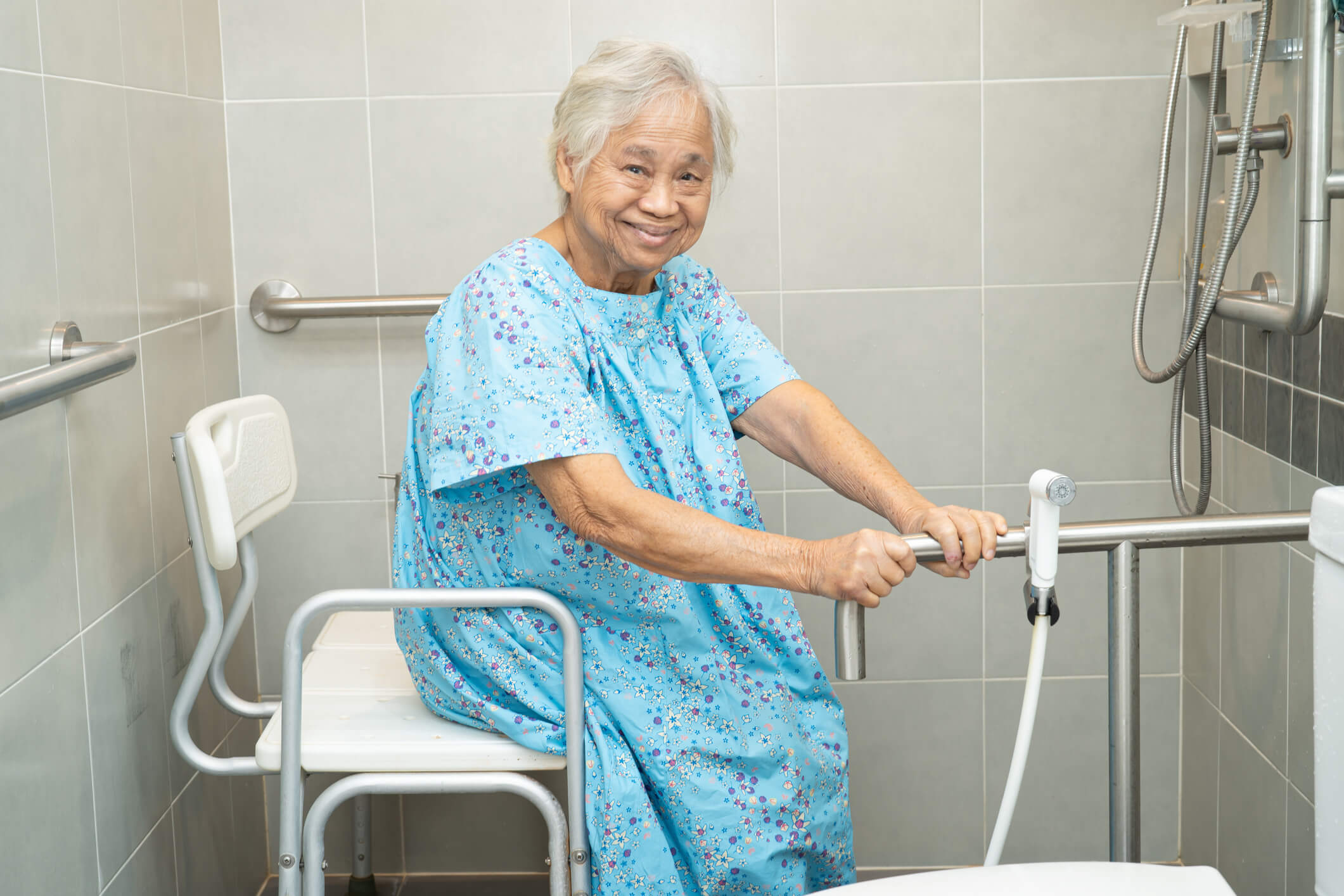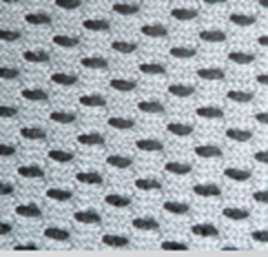Categories
Speciality Areas
Assistive products for personal hygiene

Various ‘assistive products for personal hygiene’ such as commodes, shower chairs, etc are seating systems which present many of the same challenges and requirements as other seating systems, but how best do we cope with the additional challenges of their use, and the needs of their occupants, in the more challenging environments of the bathroom?
When considering the requirements to be sought from ‘bathing aids’ such as shower chairs, commodes, they are surely no different from those that we should be seeking from any other seating system. These requirements are protection for tissue integrity, safe positioning of the occupant, and user-functionality.
The experts within the ISO working group (ISO TC173 WG9) which specialises in setting the standards around assistive products for personal hygiene1 were querying whether the ISO standards around wheelchair seating should apply to the products covered by WG9. Their thinking was based around assumptions that wheelchair standards were written around the needs of people who spent the whole day in a wheelchair.
For how long is a product used at any one time?
This response suggested a complete misconception around what happens in real life. Some people are in wheelchairs for long periods in the day, but there are also many who are in their chairs for short periods, e.g. while they are moved from one place to another. (However, we do appreciate that these transit chairs do often have their occupants left in them for longer periods.)
Conversely, people are often situated on commode chairs (a ‘personal hygiene’ product) for extensive parts of the day, and so the time argument is no different from that for those in a wheelchair for a good part of the day as well. Even for those who are in, say, a shower chair for a short time, the safety of the positioning components (such as belts and harnesses) is of equal importance as for a conventional wheelchair. Whether a chair has large wheels, small wheels, or none at all, the requirements prescribed in the seating standards created within the wheelchair standards portfolio, are equally relevant. Nor should the time spent in the chair be a deciding factor alone.
Indeed, the scope of the recently published ISO/TS 16840- 15 flexible postural support devices standard2 specifies: “…requirements for the selection, placement and fixation of flexible postural support devices within seating devices and systems and to chairs, including wheelchairs and bathroom equipment. Seating devices can be involved in one or more situations, including hoists, static seating, wheelchair seating, shower chairs, etc. The devices enable the seated person (the occupant) to be positioned to maximize their functional activities in a safe environment. These requirements are formulated to achieve a balance of posture maintenance and safety.”
What are the aspects that have been developed over the years in the wheelchair arena that are appropriate for consideration when prescribing ‘assistive products for personal hygiene’?
Tissue integrity
Skin health is affected by the extrinsic factors of not only pressure, but also friction, shear, and microclimate. The risks of injury from any one of these factors may often increase with time. However, because of the environment in which many of these products are being used is moist, this immediately increases the risk to the user’s skin, which additionally is usually unprotected in a bathing environment. Dampness on the skin leads to maceration.
Not only does this create a damaging microclimate around the skin it increases friction and shear on the skin, with the concomitant risk of skin tissue damage. In these instances, even short exposures are critical.
Other safety elements
Other than protecting skin health, for the products which we are covering here, it’s crucial to consider certain additional factors to ensure their overall safety and comfort, especially for users with mobility limitations. To facilitate this we may need to select certain accessories, such as bath belts, harnesses, and calf supports.
Safety is paramount when it comes to bath belts and calf straps. Products that provide robust support and stability2,3,4, should ensure the user remains securely positioned in the shower chair. High-quality materials that resist slipping and are designed to stay firmly in place, even when wet, are essential. Bath chair accessories should offer dependable stability, giving both users and caregivers peace of mind during bath time – check that the products have passed the relevant standards!
Comfort and breathability
Comfort is another critical factor, especially for individuals who may spend extended periods in their shower chairs. Products should be designed to reduce pressure points and prevent skin irritation. Breathable materials that allow air circulation help keep the user comfortable and that dry quickly are crucial. Products made from appropriate (and there are many technologically advanced – e.g. Aeromesh (Figure 1)) fabrics that provide both comfort and breathability should be selected.

Figure 1. The silky, porous Bodypoint Aeromesh® fabric lets soap, water, dirt, and air pass through easily, then dries quickly.
Durability and maintenence
Durability and ease of maintenance are also key considerations. Belts, calf straps, and other shower chair accessories are frequently exposed to water, soap, and other fluids, so they need to be made from materials that can withstand regular use and cleaning without degrading. Shower chair accessories should be easy to clean and quick to dry to maintain hygiene. Look for products that provide long-lasting performance and straightforward maintenance, making them a smart choice for everyday use.
Conclusion
Apply the same criteria for bathing and toileting as you would to any other seating products. This involves selecting the right accessories for assistive products for personal hygiene, accessories such as bath belts, harnesses, and calf supports. Each of these involves careful consideration of safety, comfort, and durability. Priority should be given to products that help protect the integrity of the user’s skin; offer robust support and stability; ensure user comfort through breathable and advanced materials; and provide long-lasting performance with easy maintenance that will enhance the bathing experience for individuals with mobility limitations.
References
- Most specifically ISO 17966 Assistive products for toileting, bathing and showering – Requirements and test methods
- ISO/TS 16840-15:2024 Wheelchair seating. Part 15: Selection, placement and fixation of flexible postural support devices in seating
- ISO 16840-3:2022 Wheelchair seating. Part 3: Determination of static, impact, and repetitive load strengths for postural support devices
- https://www.bodypoint.com/ECommerce/category/ specialty/shower